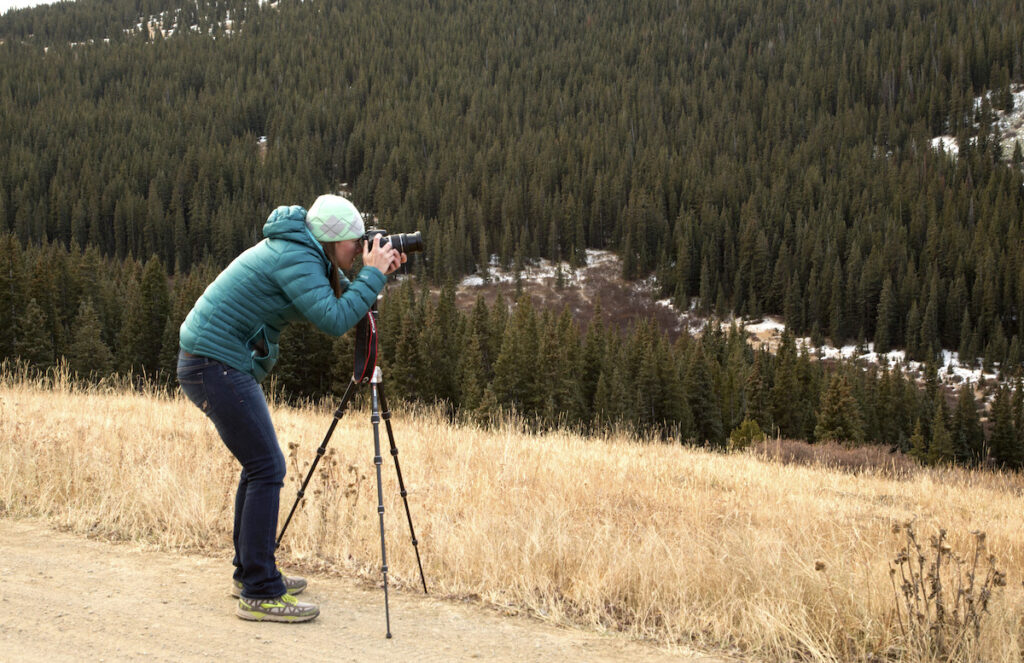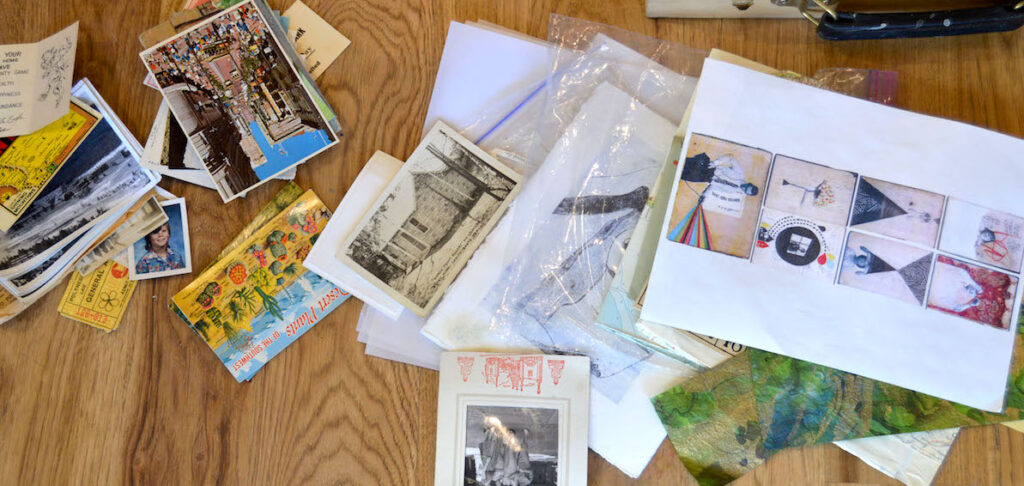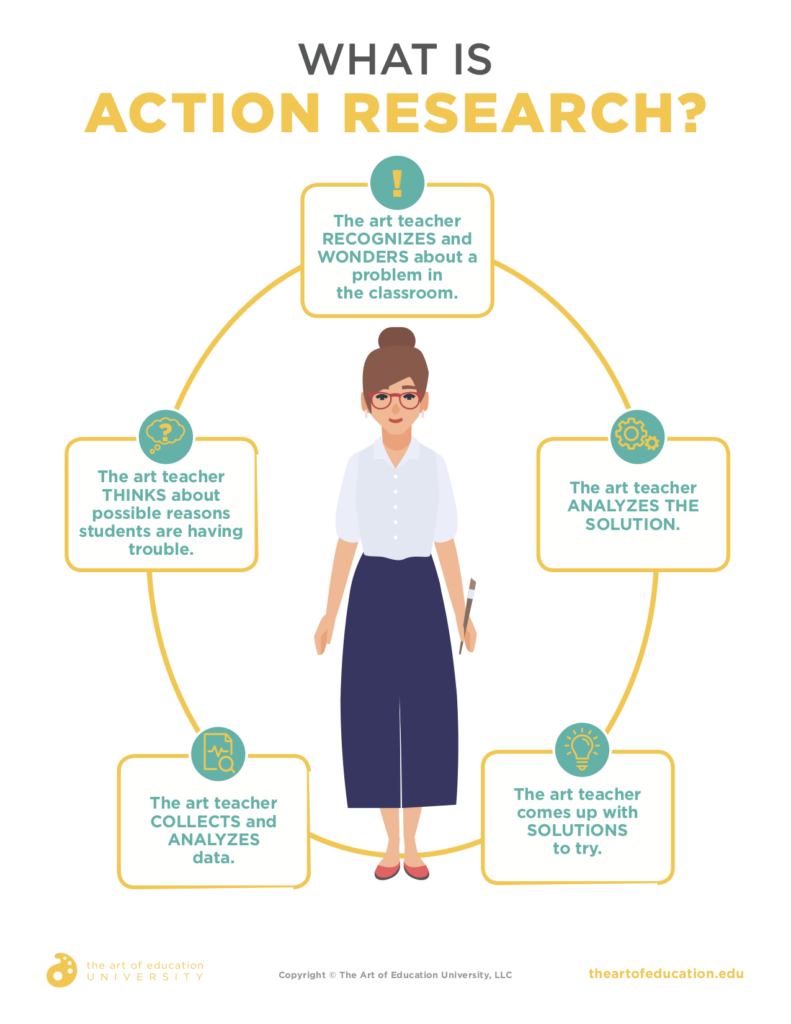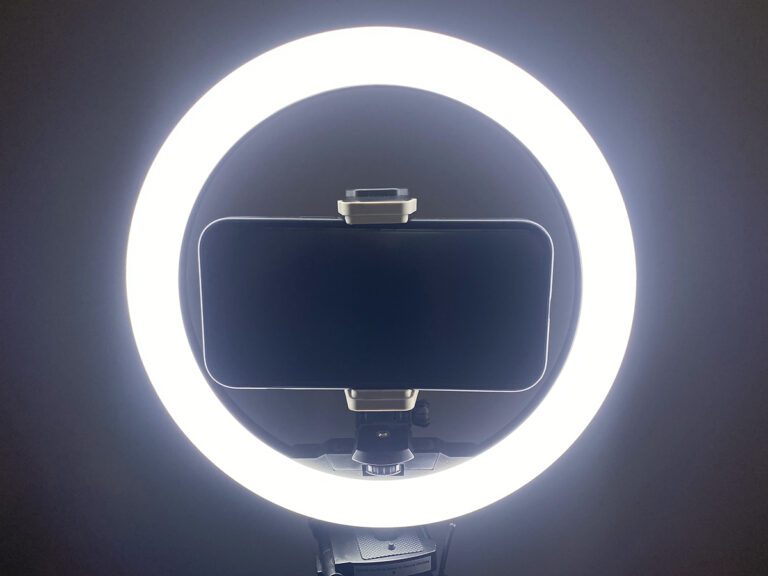Do you ever find yourself looking at a classroom problem with not a clue in the world about how to fix it? No doubt, teaching art is difficult. Sometimes the issues we face don’t have easy solutions.
One method that is worth looking into is action research. In action research, a teacher takes the time to analyze a problem and then cycles through specific steps to solve it. If you’re struggling with a problem in your classroom, this might be the perfect strategy to try!
What is action research?
Simply put, action research describes a research methodology used to diagnose and address problems. In a school setting, the teacher plays the role of the researcher, and the students represent the study participants. Action research is a meaningful way for a teacher to find out why students perform the way they do.
The term, “action research,” was coined in 1933 by Kurt Lewin to describe a scenario in which a researcher and participants collaborate to solve a specific problem. Donald Schön developed this idea further with the term, “reflective practitioner,” to describe a researcher who thinks systematically about their practice.
Educators have taken both of these ideas into the classroom to better serve their students.
Here is a look at the basic structure of an action research cycle. You might notice it looks a lot like the Design Thinking Process.
- The teacher recognizes and wonders about a problem in the classroom.
- The teacher thinks about possible reasons students are having trouble.
- The teacher collects and analyzes data.
- The teacher comes up with solutions to try.
- The teacher analyzes the solution.
In this model, if the first solution is not effective, the cycle starts over again. The teacher recognizes what remains of the problem and repeats the steps to collect more evidence and brainstorm new and different solutions.
Download What Is Action Research?
Because the process is cyclical, the teacher can loop through the steps as many times as needed to find a solution. Perhaps the best part of action research is that teachers can see which solutions have made a real impact on their students. If you’re looking for an even more in-depth take on the topic, The Art of Classroom Inquiry: A Handbook for Teacher-Researchers by Hubbard and Powers is a great place to start.
Action research can be as informal or formal as you need it to be. Data is collected through observation, questioning, and discussion with students. Student artwork, photographs of your classroom at work, video interviews, and surveys are all valid forms of data. Students can be involved throughout the whole process, helping to solve the problem within the classroom. With a formal study for a university, there will be requests for permission to use student data through the Institutional Research Board (IRB) process.
How can action research be implemented in your classroom?
I discovered action research while working on my higher degree. Using action research allowed me to find real solutions for real issues in my classroom and gave me my topic of study for my dissertation at the same time!
The problem I chose to address was how to engage students in an analog photography course in the digital age.

I broke my classes into two groups. I taught the district curriculum to one group and an altered curriculum to another. In the altered version, I included big ideas and themes that were important to students such as family, identity, and community.
To gather data, I observed, compared the quality of the photos, and conducted student interviews. I found students were much more engaged when I switched the projects from a technical study (i.e., demonstrating depth of field) to a more personal focus (breaking the teenage stereotype.)
What are the benefits of action research?
Using action research in my classroom allowed me to involve students in the curriculum process. They were actively more engaged within the classroom and felt ownership of their learning.

I was able to show them that teachers can be lifelong learners, and that inquiry is a powerful way to enact change within the classroom. The students cheered me on as I was writing and defended the results of my study. Plus, I was able to connect with them on a personal level, as we were all students. Furthermore, my teaching practice became more confident, and my understanding of art education theory deepened.
Conducting action research also allowed me to become a leader in my community. I was able to present a way to be a reflective practitioner within my classroom and model it for other teachers. I shared my new knowledge with the other art teachers in my district and invited them to try their own informal studies within their classrooms. We were able to shift our focus from one of compliance to one of inquiry and discovery, thus creating a more engaging learning environment for our students.
Action research provides a way to use your new knowledge immediately in your classroom. It allows you to think critically about why and how you run your art classroom. What could be better?
What kinds of issues are you facing in the classroom right now?
What kind of research study might you be interested in conducting?
Magazine articles and podcasts are opinions of professional education contributors and do not necessarily represent the position of the Art of Education University (AOEU) or its academic offerings. Contributors use terms in the way they are most often talked about in the scope of their educational experiences.






